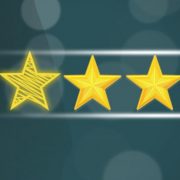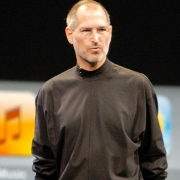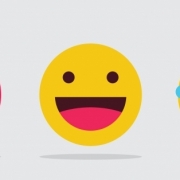School shootings like the one that took place Feb 15th in Parkland, FL, are tragedies. When they occur, we hear our Presidents, Governors, law enforcement officials and school boards talk about solutions. But solutions never come. Solving problems comes from innovation, and innovation does not come from institutions. It comes from entrepreneurs. Here’s how entrepreneurs might go about solving the problem.
Treat the problem as a market need.
Entrepreneurs understand dissatisfactions among consumers and customers. They ask, what is the dissatisfaction we are trying to solve, and who is the audience who feels the problem? In this case, it is parents. They want to send their children to a safe place to learn, and they are uncertain whether that safety, while promised, is being delivered. Entrepreneurs will try to replace that uncertainty with a feeling of greater confidence.
Start a firm.
Entrepreneurs address market needs by owning, controlling, deploying and redeploying resources. This control comes through private property ownership, exercised through a firm. They would form one for the express purpose of solving the market problem. They would eschew government and institutional authorities as much as possible, since they can only hinder by placing obstacles.
Take Responsibility.
In taking on the problem, the entrepreneur takes responsibility. They tell their prospective customers that they are developing an offering that the customer can try, and accept it if it works and reject it if its inadequate. If it fails, the responsibility is the entrepreneur’s. Contrast this attitude with of law enforcement, who refuse to take any responsibility.
Find Creative Solutions.
Entrepreneurs are creative. They find new ideas, either in their own heads or from others. They will assess those ideas, and try those that have a chance of success. For example, Scarlett Lewis, parent of a child killed in the Sandy Hook school shooting, supports a program called social and emotional learning. It teaches children how to manage their emotions, and cultivate empathy and positive relationships. It seems to have measurably positive results. Entrepreneurs would put such a program into place. Or perhaps the answer is social media surveillance to identify patterns that portend dangerous behavior by a potential shooter. Some parents might find this an excessive invasion of privacy. Some might find it a suitable application of available technology to lower risk. Let the market decide.
The solution might lie in gates and walls, or a posse of volunteer Dads. The entrepreneur will welcome all the ideas, test the ones with most promise, and advance the ones with best results.
Track Outcomes.
It is quite possible that some parents would be offended by some of the proposed ideas. Or, they might prefer other ideas like gun control. These subjective points of view tend to be emotional, idiosyncratic and inconsistent. The entrepreneur tries to look beyond subjectivity to objective results. In which solution do parents find most confidence? Which ones are they willing to pay for? Which schools using which systems have the best safety record? An outcomes orientation guides the market to the best solution.
Compete.
A single entrepreneur will not come up with the single right solution alone. Where there is a marketplace, there is competition. Or, as economist Jesus Huerta de Soto puts it, emulous rivalry – many people trying to solve the same problem, probably with different recipes, all trying for customer approval. The best value solution wins out, and several solutions can win market share. The beneficiaries are the parents, who have alternative choices from which to select.
Make A Profit.
Profit is the market signal that the entrepreneur has been successful in devising a solution in which customers perceive value, and for which they are willing to pay more than it costs the solution provider. In which case, the solution will continue to be provided. If there is no profit, then there is no market. Or a lower cost solution must be sought.
Entrepreneurship is the unlimited resource in free societies to solve any problem that can be expressed as a market need. Let’s utilize it as much as we can, especially when the need is dire.













